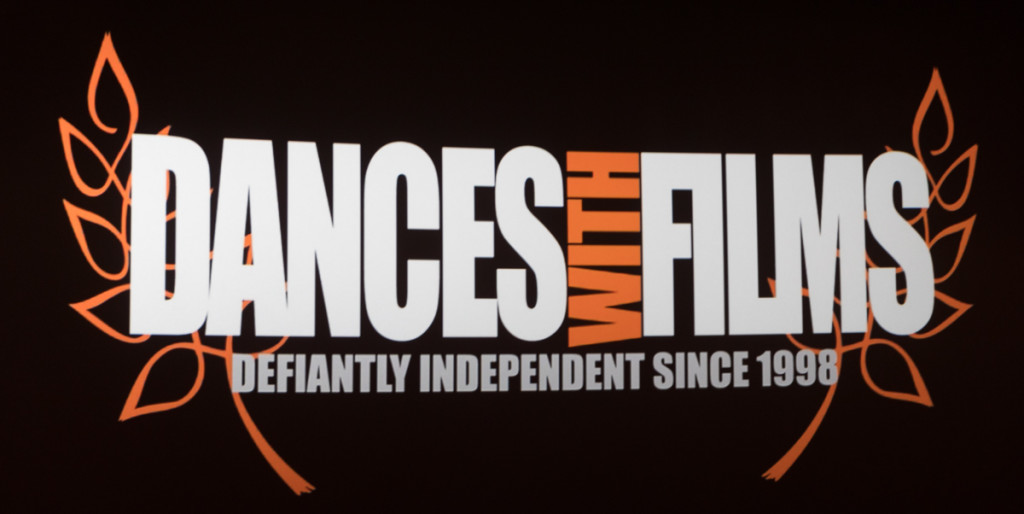What are you doing tomorrow through Sunday? Joining us, we hope, for the second half of Dances with Films 20, the terrific independent film festival that serves up one interesting film after another. The fest’s trailer proclaims “My life is a movie…” and you’ll surely feel that it is if you spend a few days at the TCL Chinese.
We have never seen a film in three years of coverage that has not intrigued us. Sure, some have blown us away, some have not. But they are all, yes, every one, worth watching. Such a full slate of films and such a carefully curated selection is rare on the festival circuit. The festival, whose tag line this year is “Unstoppable” has 75 world premieres, 36 west coast premieres, and opening and closing night films by DWF alumni filmmakers.
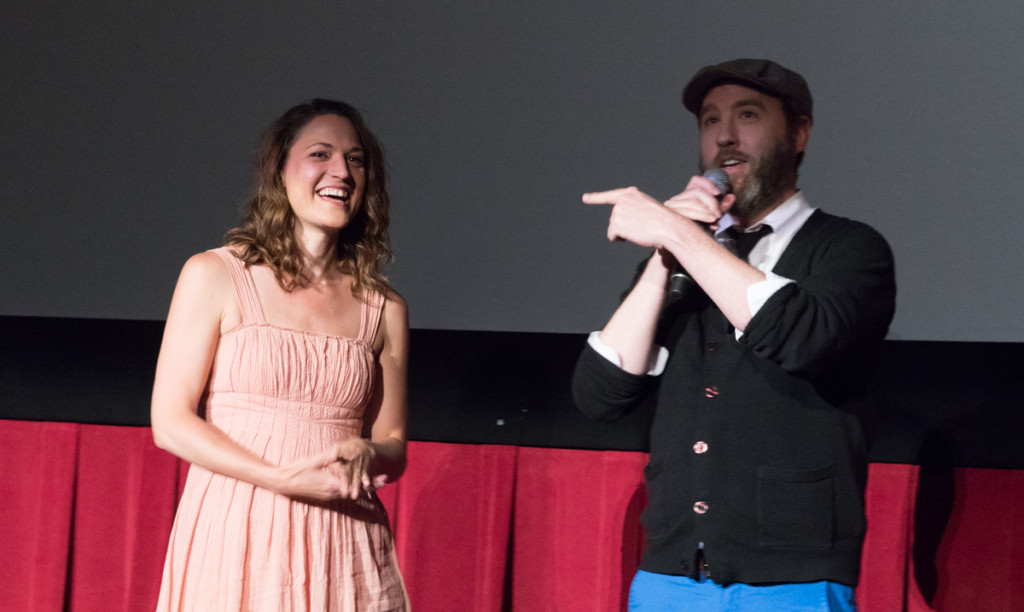
The festival opened a week ago, Thursday with an opening night double bill of American Folk and Missing in Europe.
American Folk was a pitch perfect film which director David Heinz called an “honor” to have open the festival. Starring Joe Purdy and Amber Rubarth as two strangers and folk musicians stranded in California in the aftermath of 9/11 and cancelled flights, this road trip across America was moving in a way that many films about the tragedy of that day are not. The film took things to an intimate level, making the intimacy universal in part through the power of music.
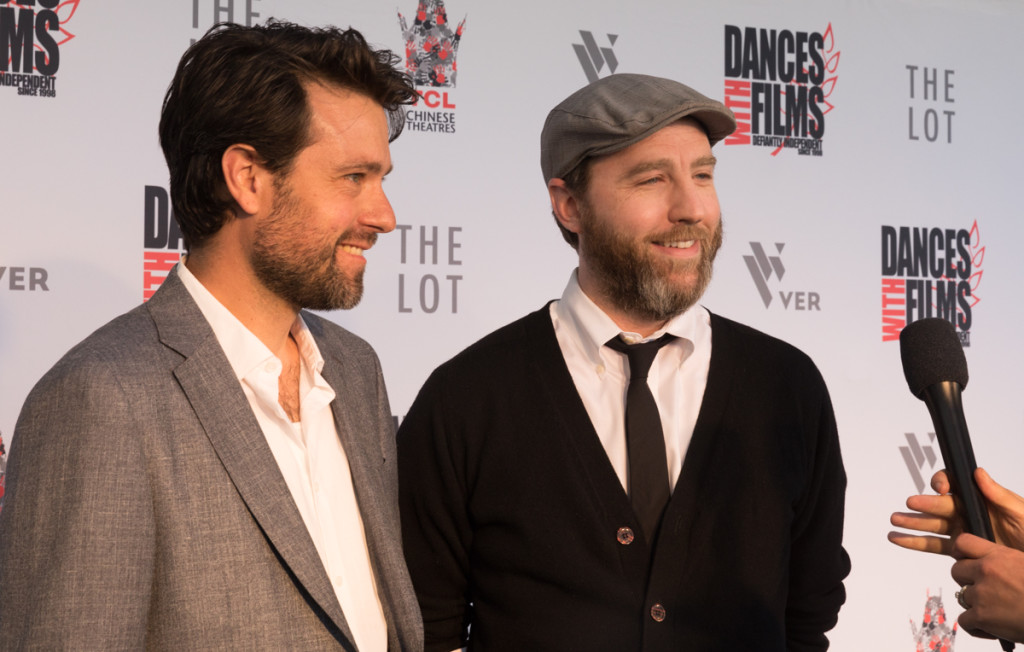
“I think the experiences many of us had, even if not in New York City at the time, were equally profound,” Heinz related. “I felt this story had not been told on the screen before.”
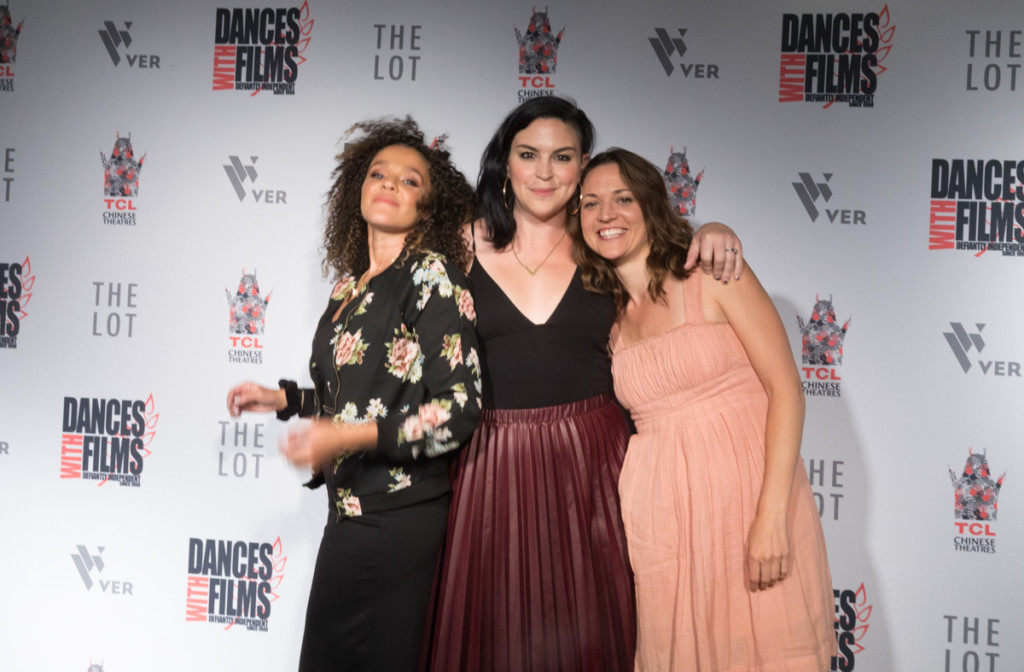
The film’s depicted journey and the filmmakers’ actual trek took 3500 miles. “It was a movie largely about the kindness of strangers, and we experienced that too. ” Rubarth had never acted before when the 13-person crew began their trek which initially ran for 20 days with additional shorter pick-up trips totally 13 additional days.
A profound and beautiful film, the poetry both visually and in the script made a perfect way to open the fest.

Next up was Missing in Europe, an entirely different film altogether. Written, directed, and primarily starring women, this was a distaff spin on Liam Neeson’s father figure in Taken. Writer Jenny Paul and director Tamar Halpern put together a nail-biting thriller about a missing daughter, a fierce cybersecurity expert/mom, corrupt cops, and sex traffickers.
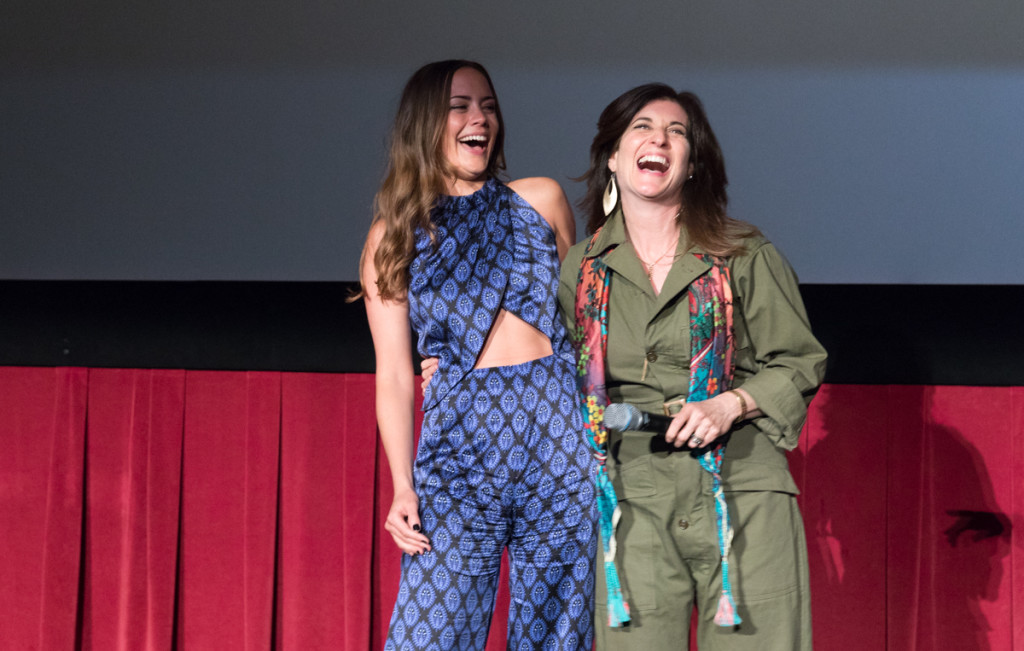
Director Halpern, a five-times-DWF alum, shot in just 12 days in Serbia. “We’ve seen many films about human traffic, but in ours, a man doesn’t save the girls, a woman does, a smart woman with brains and passion.”
The page-turner script was alot of fun for Halpern. “This is a big departure for me, it was a true collaboration. I didn’t write it but really enjoyed the project, and our Serbian crew.”
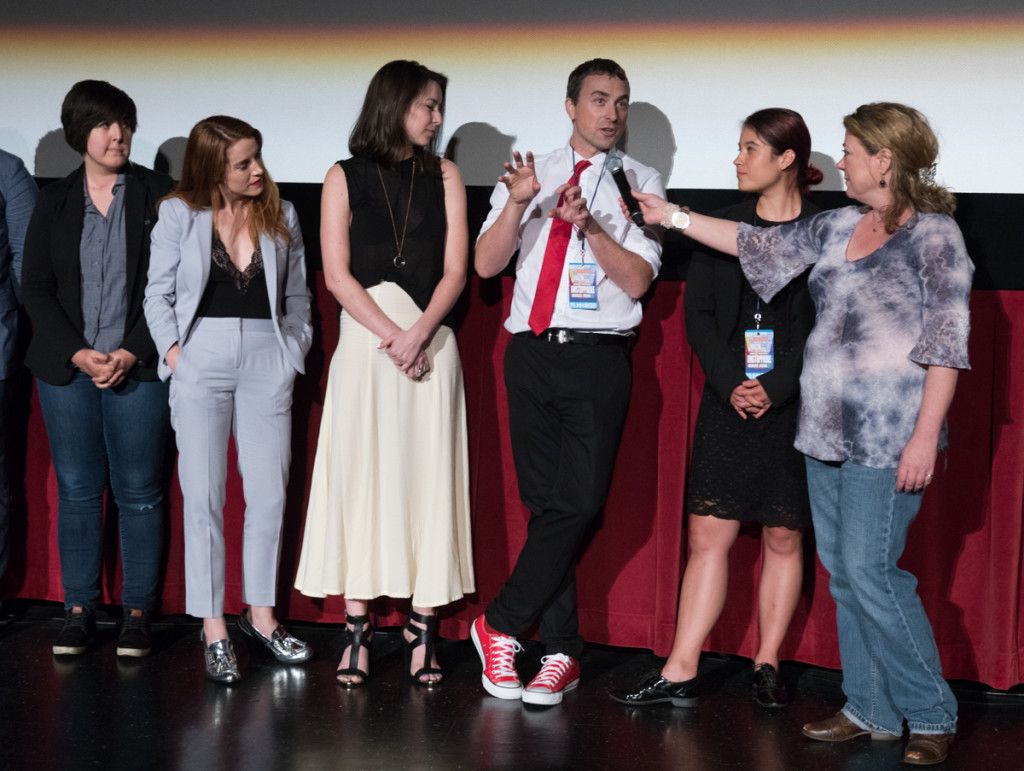
On Friday, Cassidy Red, from director Matt Knudsen, was a fresh take on a classic western, depicting vengeance sought in a town at the edge of the Arizona Territory. Beautifully shot and packed with visceral heat, this is a great take on a genre that is too often left in the dust.

The supernatural thriller, Inheritance, was also strong; the setting in small town Cayucos, Calif. was fresh, and the script intense.

Saturday and Sunday brought us shorts and more shorts – and every one of them stellar. Seriously – tough to find a single flaw in any of the fine films in Shorts Block 1, 2, 4, 5, and 6. Regret: not being able to take in Shorts Block 3. DWF co-founder Leslee Scallon programs shorts along with her team, and has done an exciting job of mixing comedy, pathos, drama, and thrillers alike.
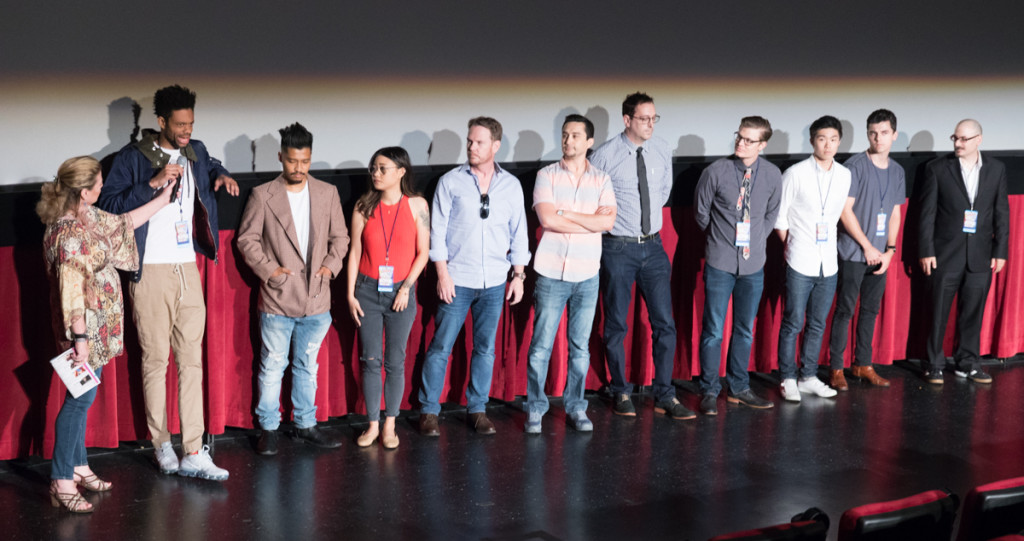
Starting at the top of our weekend shorts marathon, in Shorts Block 1, Still Here was a personal take about relationships – why we are in them, and why we return to those perhaps best left behind. Orange Dreams is a nostalgic look back at the burgeoning emotions of a middle schooler in the 80s. Faceless Man, based on the filmmaker’s father’s short story, literally depicted a man who wakes up to find his face has been replaced with a mirror. The make-up alone was a three-hour process on a four-day shoot – often in 115 degree heat. All the Marbles was made to celebrate the director’s own family and a recently passed brother and grandfather; the charming, rhyming fable about a boy who defeats a greedy thug at his own game – marbles – was delightful. Warm Springs was, by contrast, devastating. Inspired by the director’s childhood, shot in a small town in Northern California, the story of what happens when an unwonted little brother tags along with an older crowd, was riveting, and was one of my favorites of the festival. Boy in the Dark also centered on childhood, a fictionalized account of the director’s own, including bullying, depression, art, and all.
In Shorts Block 2, The Knackerman was a black and white standout, writer/director Tom Shrapnel’s portrait of an aging knacker, who faces his own mortality while seeing to the disposal of dying horses. Jouska, a beautifully surreal take on an old man’s guilt for horrific misdeeds, was fierce and nightmarish. Flower was a tense, delicate portrayal of a young sex worker and three very different clients.
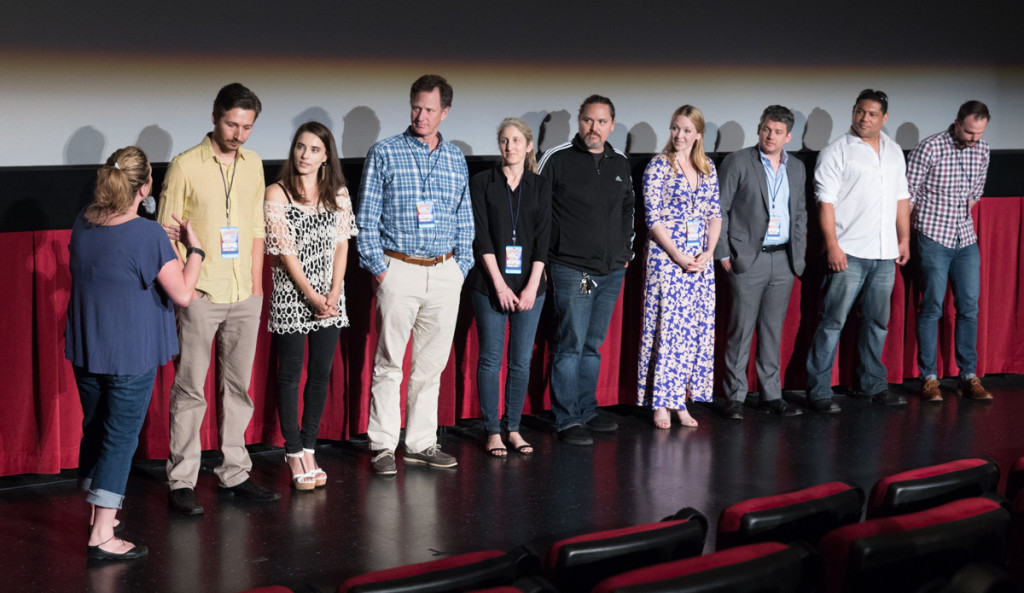
Shorts Block 4 gleamed with film gems, including a poignant take on mental illness in Miriam is Going to Mars; Burying Amber, an elegaic piece inspired by the director’s conversation with a friend who was burying a pet; and Soul Candy, set in a book store and inspired by a conversation with the director’s two daughters about searching for a job and which was epically shot in only 12 hours. Also screening: Subtext, a meet-not-so-cute comedy hilariously centering on an errant text message created by the skilled team at Community Productions; and Three Skeleton Key, based on a classic short story, a harrowing tales of rats attacking a lighthouse. Director Andrew Hamer noted it was a story about contained paranoia that he always wanted to see on a big screen. He used 20 to 30 live rats in filming – “They live on Fruit Loops and peanut butter,” he related.
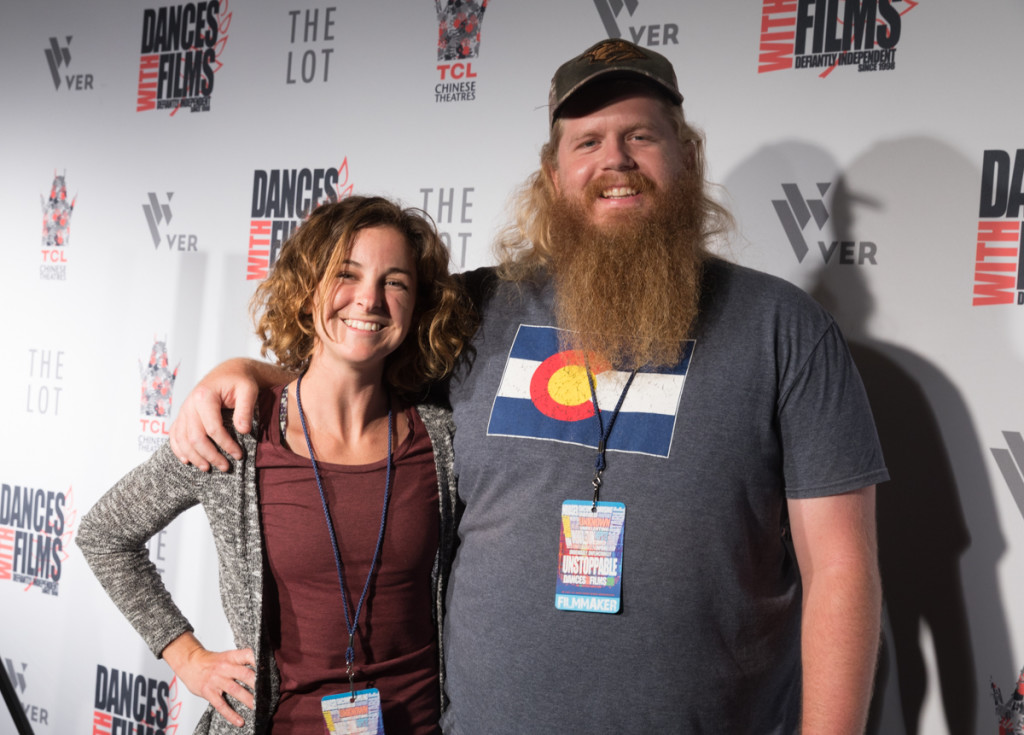
Shorts Block 5 was another terrific two hour set of films. Here, Exposure, produced through Florida State University, was one terrific edge-of-the-seat experience from director/writer, Mary Jeanes, about climber friends trapped on a ledge. “I’m a climber. I had to cling to the side of the cliff to get the shots I wanted,” Jeanes noted. Awol was originally a class project whose only rule was no dialog. The story of a soldier in wartime struggling to survive was tough and involving. Crossing Fences, which depicted an historic attempt to escape what was then East Germany, presented a challenge for director/writer Annika Pampel, who was essentially shooting her own grandparents story. “Period shooting caused a lot of difficulties, not to mention filming actors in an actual sinking boat,” she attested.
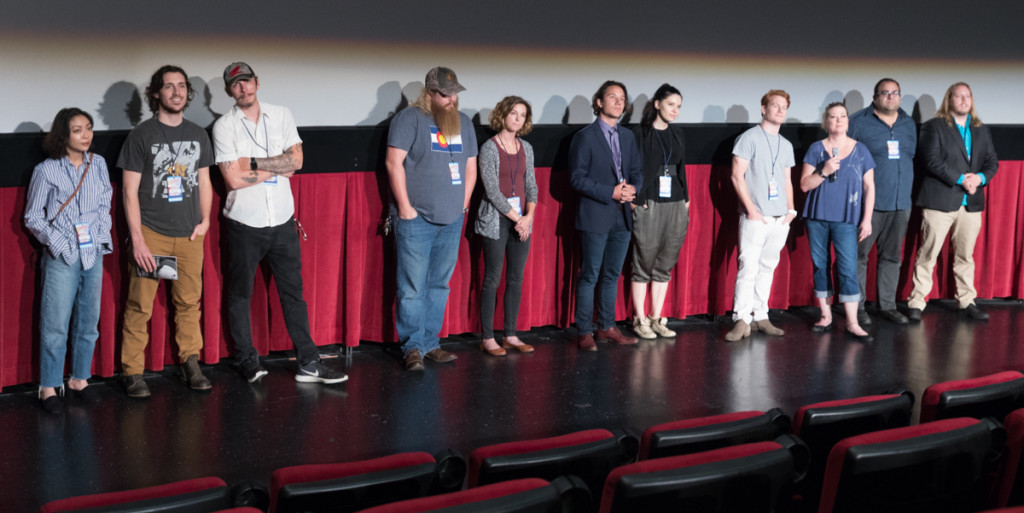
Confection was the outgrowth of a script competition seeking a story about misfits; the lighthearted story was filmed in a small town with colorful streets, the perfect setting for the whimsical coming of age story set in part at a candy factory. This is That Night, shot in a sumptuous black and white was the movie that writer/star Jonathan Marballi wanted to make when he was sixteen, he says. “I pulled in all of my date stories.” Shot in a single day by director Matt Braunsdorf, Marbelli and co-lead Kris Wiener had a natural comic rapport honed from working together at Upright Citizens Brigade comedy theater.
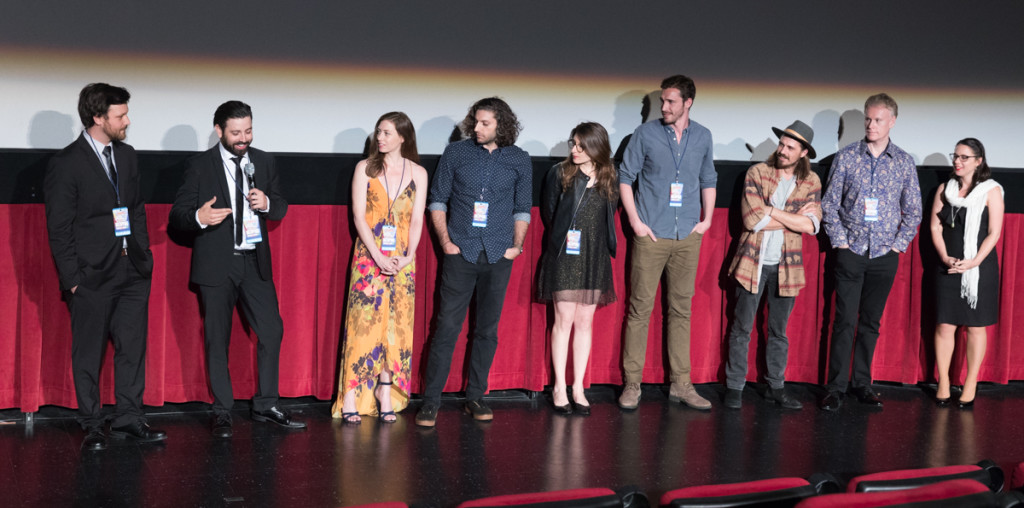
Shorts Block 6 included the crowd pleasing supernatural comedy/drama of Alfred J Hemlock, where protagonists had best not “wish they were dead” when having a bad day with Alfred around. Fiendishly clever. With Rohewa, an acronym that skinheads use for racial war, extremism is at the heart of this story inspired by a true tale of a former teen skinhead who changed when he went to arts college. La Sirena was equally haunting – the tale of the monster inside, of women in a fishing village and a cruel fisherman, the raw seaside setting an intrinsic part of the film’s delicate balance between horror and feminism. Daniel Gomez’ First Night was based on a true story. This comic tale of a woman on the run – in the film from a hit man, in reality from a cab driver she couldn’t pay – was deft and smart. Limbus, a dream-like exploration of the thoughts of a man in a coma, was a visual tour de force.
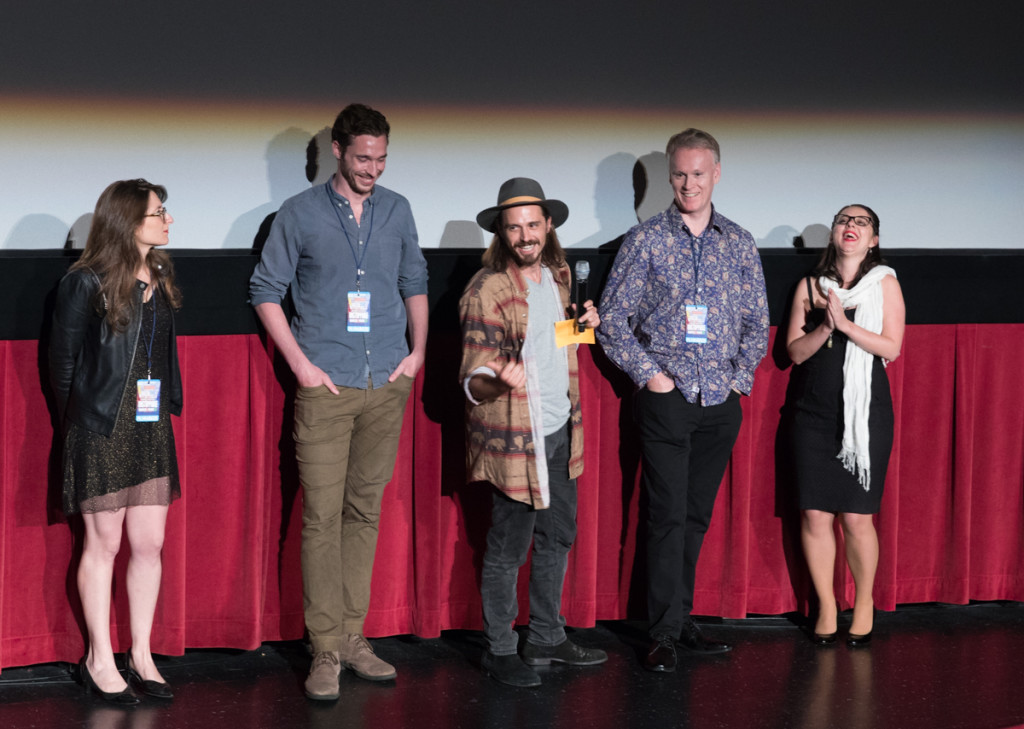
Next up: a take on feature films viewed after our binge watching of brilliant shorts.
- Genie Davis; Photos: Jack Burke




